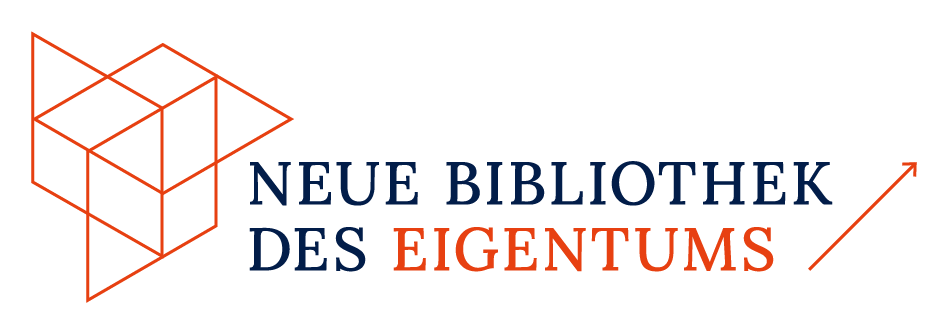Embracing Capital: On normative and legal aspects of the capitalization of business ownership

Outline
The project identifies three interconnected social trends that have contributed to this transformation but have not yet been analysed together: first, the internationalisation of businesses, which necessitates risk management strategies; second, entrepreneurialism, a growth- and sales-oriented culture of entrepreneurship that demands easy access to capital; and third the coding of capital, that is the use of corporate law to safeguard and increase private and corporate assets. These trends illustrate how corporations gained legitimacy and dominance, leading to fundamental changes in institutionalised expectations of ownership.
To better understand this structural change, the project examines three key structural levels through the following research questions: what shifts in corporate law have occurred regarding limited liability firms; who or what can be a corporate owner, and to what extent is corporate ownership normatively contested; and how and to what extent has the corporate form proliferated. The project employs an economic-sociological approach to ownership and justification. Empirically, it is divided into three studies: a genealogical study of corporate law, tracing legal changes in corporate forms over time; an analysis of political and public discourses on corporate ownership, exploring shifting norms around legitimate corporate owners, their rights, duties, and responsibilities; and an analysis of sales tax statistics and shareholder structures, revealing the actual proliferation of corporations and changes in shareholder composition.
By continuously comparing these three levels, the project provides a comprehensive understanding of capitalisation and its interconnections. It makes a significant contribution to understanding the legal, normative, and empirical dimensions of the shift from partnership-based to corporation-based business ownership. Ultimately, the study explains how the expansion of corporate ownership evolved over time and how private business ownership has been radicalised, transforming into a financial and asset management instrument.


